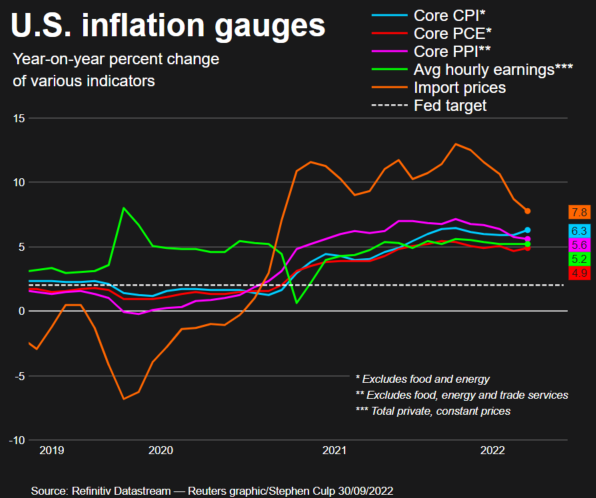It’s been a rough year thus far for the restaurant industry, with a pullback in traffic, higher costs due to commodity/wage inflation, and a challenging environment for some companies from a traffic standpoint.
The result is that much of the group has become un-investable, and some names are looking worse by the month, including Red Robin (RRGB), which will post its third straight year of heavy net losses in FY2022.
Given this backdrop, the best strategy is to focus on the industry leaders and those with proven business models enjoying unit growth and still enjoying strong restaurant-level margins.
However, in a sector where there are still several names with these attributes, it’s tough to decipher which are the best to own. In this update, we’ll compare newly public restaurant operator First Watch (FWRG) with long-time franchiser Dominos Pizza (DPZ) and see which is the better name to own in the current environment.
Scale & Business Model
Dominos and First Watch are akin to David and Goliath from a scale standpoint, with Dominos being the largest pizza company globally with ~19,300 restaurants and First Watch being an emerging breakfast chain with ~450 restaurants.
The differences in the business model are also night and day, with Dominos being a 98% franchised model with a significant international footprint and First Watch being a primarily company-owned company model, with just 22% of its restaurants being franchised currently.
While Dominos’ operators have seen some headwinds due to elevated cheese prices and difficulty securing drivers from a margin standpoint, Dominos is more inflation-resistant than First Watch, given its franchised model where operators bear the brunt of higher costs.
The good news is that First Watch still has very respectable restaurant-level margins, even if they dipped 440 basis points in the most recent quarter. Besides, this margin erosion was largely due to a conservative pricing approach to maintain its value proposition. Plus, as its alcohol mix grows and it’s rolled out to 100% of the system, we could see some additional benefit from a margin standpoint.
That said, Dominos is the clear winner from strictly a margin standpoint, with 30% plus gross margins and double-digit operating margins vs. First Watch at 21% and 4%, respectively, on a trailing-twelve-month basis.
Domino’s Pizza - 1 / First Watch - 0 Continue reading "Restaurant Stocks: "David vs Goliath""



